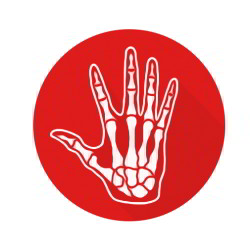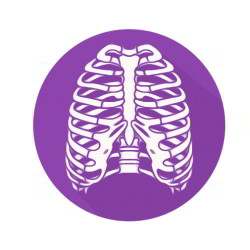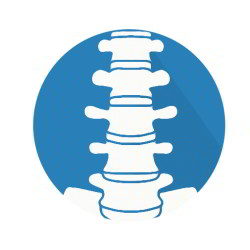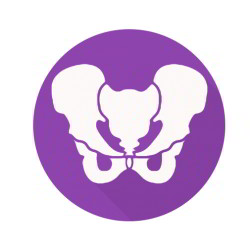Many words used in the medical profession have specialized meanings. We know it can be difficult to learn the concepts of anatomy if you don’t know what some anatomical terms mean.
That’s why we have compiled an anatomy glossary which explains each topic in layman’s language, making it easier to understand.
HEAD
NECK
The neck is split into the 4 regions – Anterior region, Right lateral region, Left lateral region and Posterior region (nucha).
The neck is conventionally split into different triangles. The sternocleidomastoid muscle transects the side of neck obliquely on every side and splits it into anterior and posterior cervical triangles.
UPPER LIMB
It’s suspended from the trunk by muscles and a small skeletal articulation between the clavicle and the sternum – the sternoclavicular joint. Based upon the position of it’s major joints and component bones, the upper limb is split into shoulder, arm, forearm, and hand.
Thorax
The Thoracic cavity contains the principal organs of respiration– the lungs, which are separated from each other by bulky and movable median septum – the mediastinum. The principal structures in the mediastinum areheart and great vessels.
Abdomen
The abdominal cavity is subdivided by the plane of the pelvic inlet into a larger upper part, i.e., the abdominal cavity proper, and a smaller lower part, i.e., the pelvic cavity. Clinically the term abdominal cavity stands for abdominal cavity proper and thus we have separated Abdomen and Pelvis altogether for better understanding.
PELVIS
It contains the pelvic viscera (urinary bladder and rectum in both sexes and uterus in female) and protects them.
It supports the weight of the body and transmits it to the lower limbs successively through sacrum, sacroiliac joints, innominate bones, and then to femora in the standing position, and ischial tuberosities in the sitting position.
lower limb
For illustrative purposes, the lower limb is split into 6 parts or regions – Gluteal region, Thigh or femoral region, Knee or knee region, Leg or leg region, Ankle or talocrural region, Foot or foot region.
There are 32 bones found in the lower limb – hip bone (1), femur (1), patella (1), tibia (1), fibula (1), tarsals (8), metatarsals (5), proximal phalanges (5), intermediate phalanges (5), and distal phalanges (4)







